When you surf at an internet café or access your Gmail or some other email account to print out documents at a copy shop, you’ve probably noticed that the pages someone else was looking at on that very computer before you are nowhere to be seen in the browser history. You can no longer tell what they had been up to, which is of course a good idea and exactly what you’d expect. After all, we want to surf privately on computers that don’t belong to us and not leave any traces behind.
It’s sometimes also a smart move to use incognito mode for private surfing on your personal computer.
But how do you use incognito mode, and how private is it really? Read on for all the answers to your questions about private browsing — another name for private surfing in incognito mode.
What does private surfing mean?
Private browsing or private surfing is a (online privacy) feature in popular browsers. When you’re in incognito mode, your browser creates a temporary session. Your browsing history is not saved in this mode, and cookies and the cache are also deleted as soon as you end the session.
This means web pages you visit no longer appear in the history — and even if you were logged in to a website, your browser will forget you ever were. That’s it in a nutshell.
How private is private surfing?
Even if it’s a good idea in principle, using your browser’s private or incognito mode doesn’t mean that your activities are completely private and therefore untraceable.
When you surf privately, website operators, search engines, and your internet service provider can still see your IP address and all the activities that can be assigned to this IP address — and the system admins at your workplace naturally also know which web pages you’ve visited (perhaps even during working hours).
So if you use your browser’s incognito mode, you’re not surfing anonymously. But there are alternative ways for online privacy when surfing: free VPNs, or “virtual private networks”.
Make private browsing safer with a VPN
If you’d like to surf anonymously or privately, it’s advantageous to download a free VPN. That’s because a different technical approach is taken compared to your browser’s incognito mode. When connecting via a VPN, your actual IP address is not shown. Instead, search engines and website operators see the VPN’s IP address.
Such a solution for private surfing is ideal for many looking for safety and anonymity, including in countries with repressive regimes where online censorship prevails. But even private individuals, who don’t have to fear any repression due to their online activities, also appreciate VPNs such as for banking online when on vacation.
Avira Phantom VPN helps you conceal your online activities and surf in privacy.

Top tip: Avira Phantom VPN is included with the Avira Antivirus Pro and Avira Prime plans which can help you improve your online privacy as well as your devices’ security and performance.
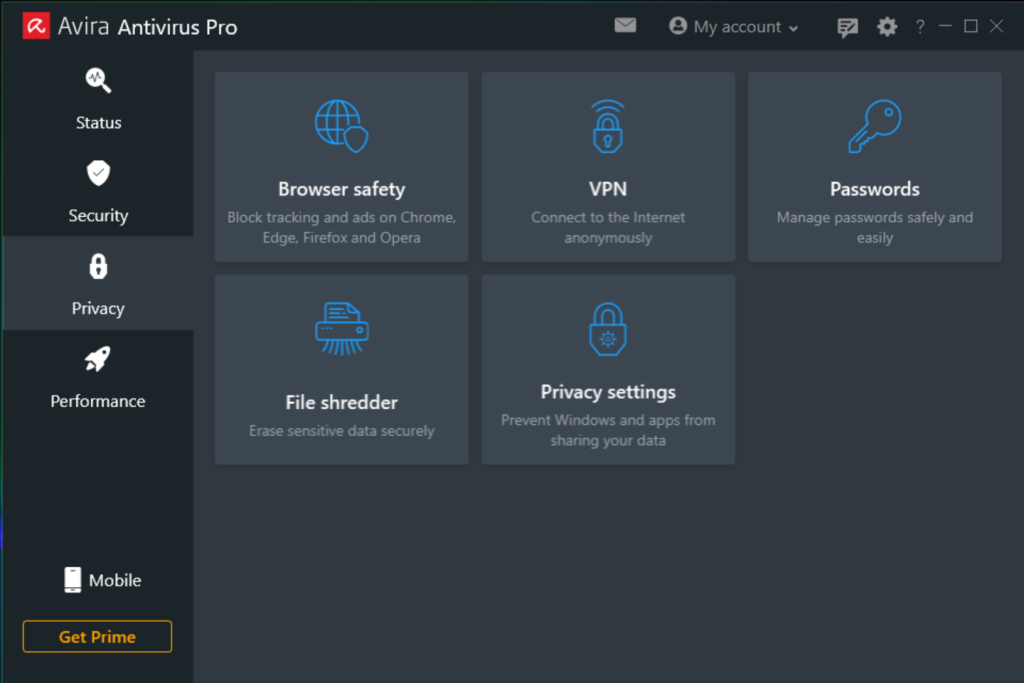
How to switch to incognito mode in Firefox, Chrome, Safari & other browsers
Let’s get back to incognito mode. It’s worth launching it in your browser if, for example, different people use your laptop, Mac, or Windows PC — or you don’t want others to see certain pages in your history.
Discover here how to configure, start, and exit private surfing in your browser’s incognito mode. You can do that either in steps or by using simple key combinations. Click the icon to jump straight to the guide for your browser:
Launching/exiting incognito mode in Chrome
In Chrome, click the kebab icon (the one with the three vertical dots) next to the address bar in the upper-right corner, then click New incognito window to switch to private mode. A new browser window will open with a dark background. If you open additional tabs in this window, you’ll remain in incognito mode the entire time.
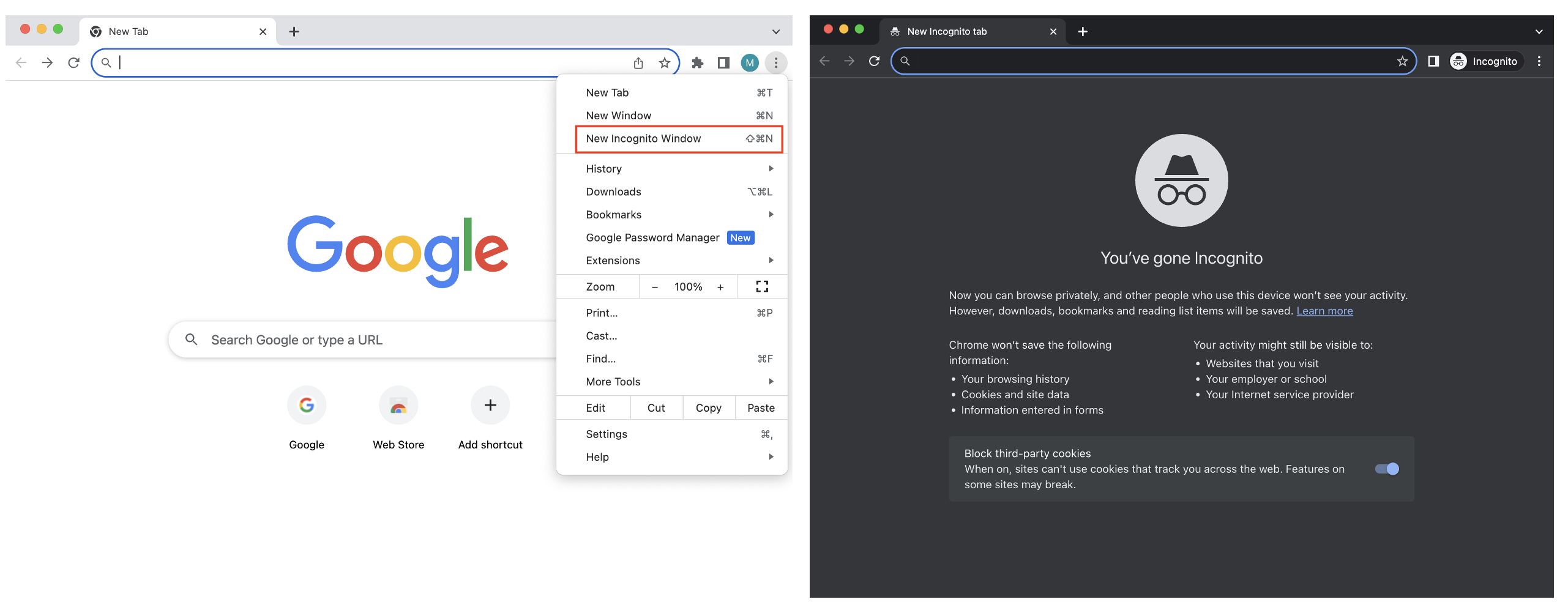
Want to use a key combination to switch to incognito mode in Chrome? Simply hold down Ctrl, Shift (the key with the up arrow), and N at the same time.
If you want to exit incognito mode for private browsing, just click Incognito in the top right corner and then select Close Incognito.
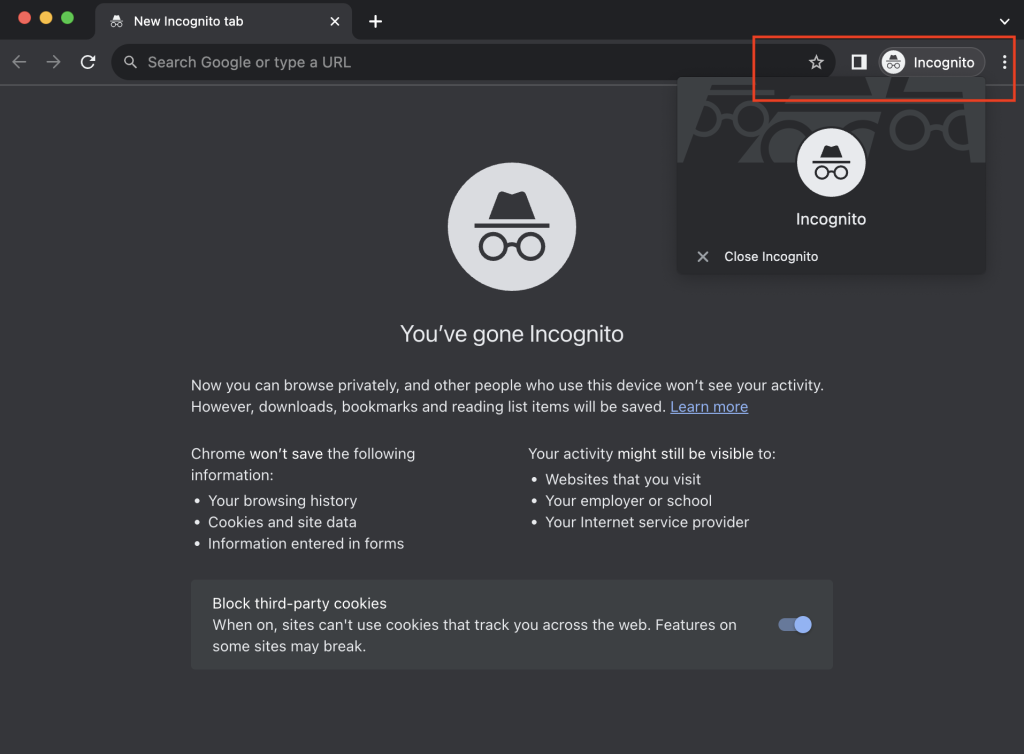
Private surfing using Firefox incognito mode
You can also use private browsing mode in Firefox to hide your surfing activities from others using the same computer.
To do this, click the hamburger icon (the one with three vertical bars) on the far right of the address bar and then select New private window. A new browser window with a purple background will open saying that you are surfing in private mode. You can now open any new tabs for web pages in this new browser window.
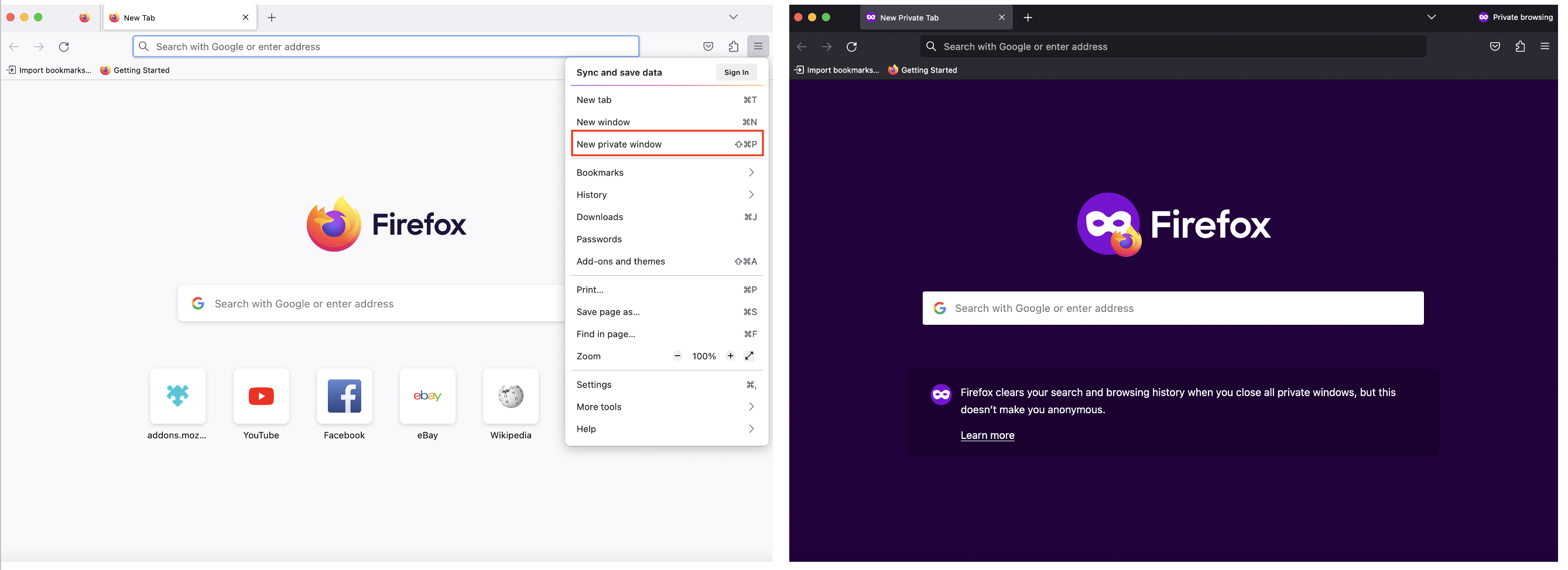
Want to use the faster keyboard shortcut to switch to incognito mode? Simply hold down Ctrl, Shift (the key with the up arrow), and P at the same time.
Just close the browser window to exit incognito mode.
Launching private browsing in Safari (Windows)
Apple no longer supports Safari for Windows users, so it’s not a good idea to continue using Safari on your Windows PC or laptop. That’s because support has ended and potential security flaws will no longer be fixed.
If you still want to switch to private mode in Safari, click the gear icon at the top right of the browser window. In the context menu, click Private Browsing….
You can tell that you are surfing in incognito mode as the word Private will appear in black in the browser’s address bar.

Avira Internet Security helps you protect your Windows PC or laptop from viruses, ransomware, and many other threats.
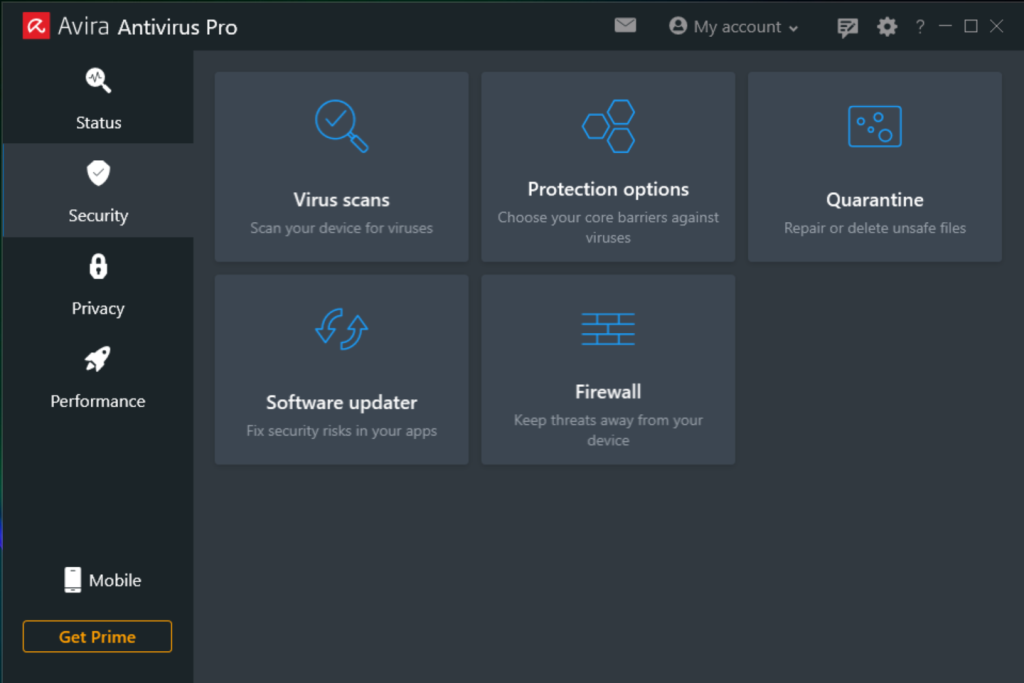
Launching incognito mode in Safari on your Mac
The Apple Safari browser comes preinstalled on macOS devices such as MacBook or iMac. If you’d like to switch to incognito mode in Safari and have already opened this browser, click File in the top menu bar and select New Private Window in the context menu.
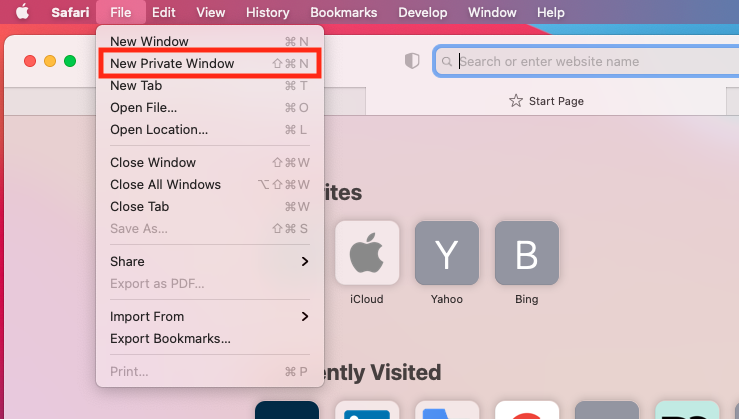
You can also use the key combination Shift, Command, and N to open a new private window if you’ve already opened the browser.
On your Apple computer or laptop, Safari lets you open new browser windows in private mode by default. To do this, click Safari on the top left and then select Preferences. Under General you can select at the top that Safari should always be opened with a new private window so you can surf in incognito mode.
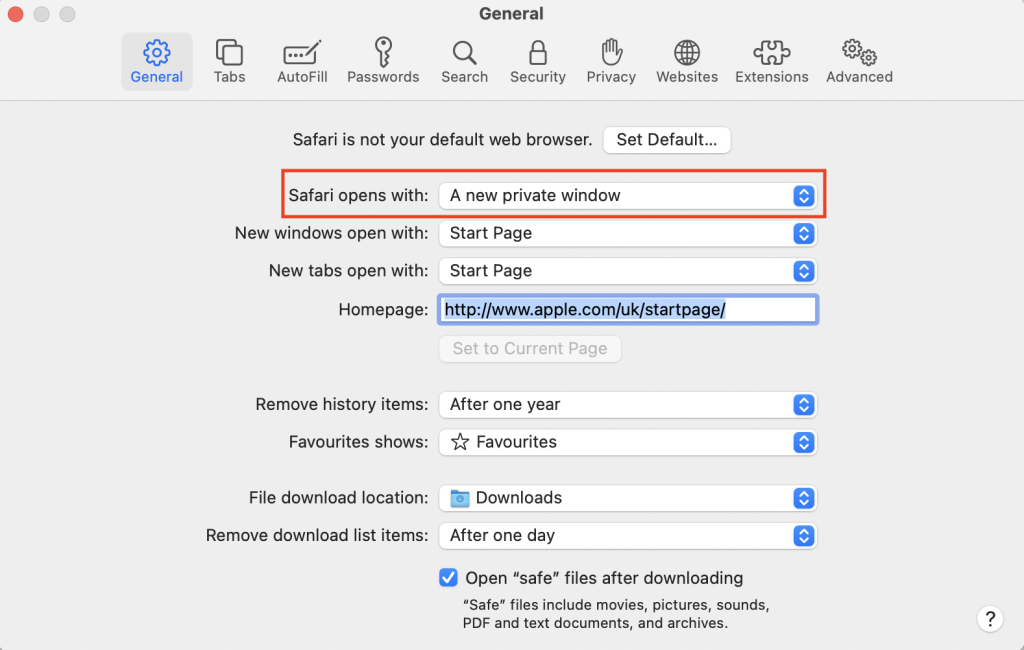
Switching to incognito mode in Opera
In Opera, you can access incognito mode by clicking the Opera logo on the top left and selecting New private window in the context menu. Just like with other browsers, a new window will open informing you which activities might be visible when in private mode.
If you want to switch to incognito mode using a key combination, hold down Ctrl, Shift (the key with the up arrow), and N at the same time.
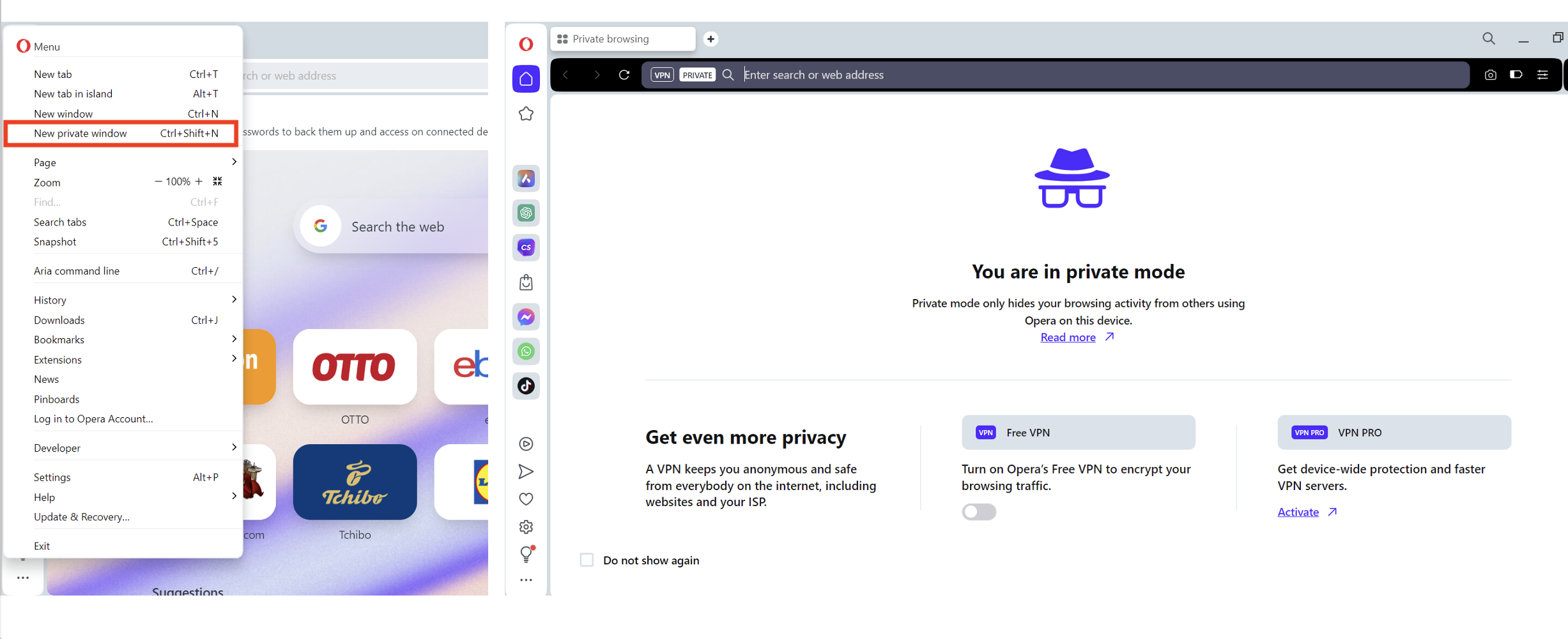
Opening an InPrivate window in Microsoft Edge
You enter incognito mode by clicking the three-dot menu button in the top right corner of the address bar and then selecting New InPrivate window in the context menu. A new browser window will open, with “InPrivate browsing” displayed prominently on a dark background.
Of course, this browser also offers the option of entering incognito mode using a keyboard shortcut. To do this, hold down the Ctrl, Shift (the key with the up arrow), and N keys at the same time.
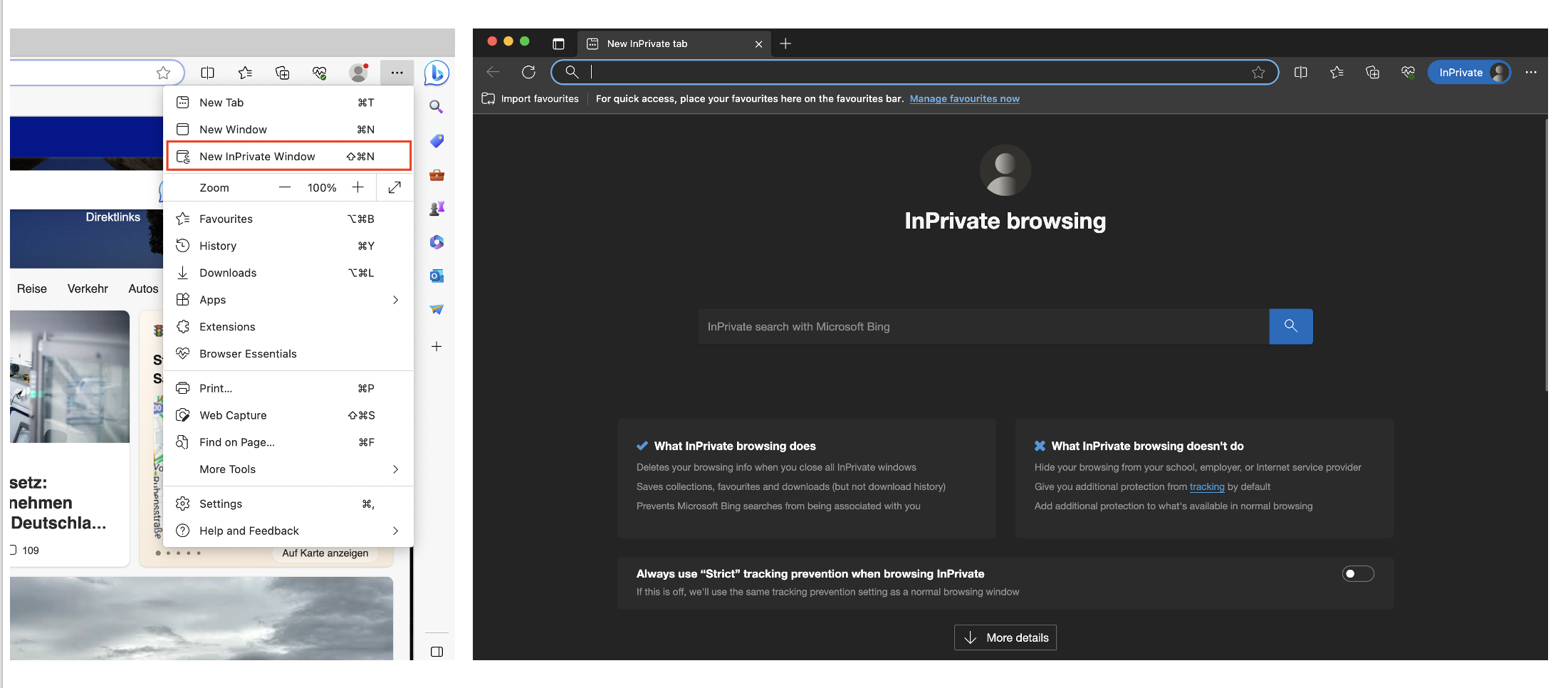
Just close the browser window to exit incognito mode.
Using incognito mode on your smartphone or tablet
You probably very rarely give your smartphone to someone else, but there are still likely to be times when you prefer to use incognito mode. To help you, we’ve put together some short guides below on how you can surf privately on your Android smartphone or iPhone.
Incognito surfing using the Samsung internet browser
If you use Samsung’s internet browser, open this app and tap the new tab icon — you can then select Secret mode.
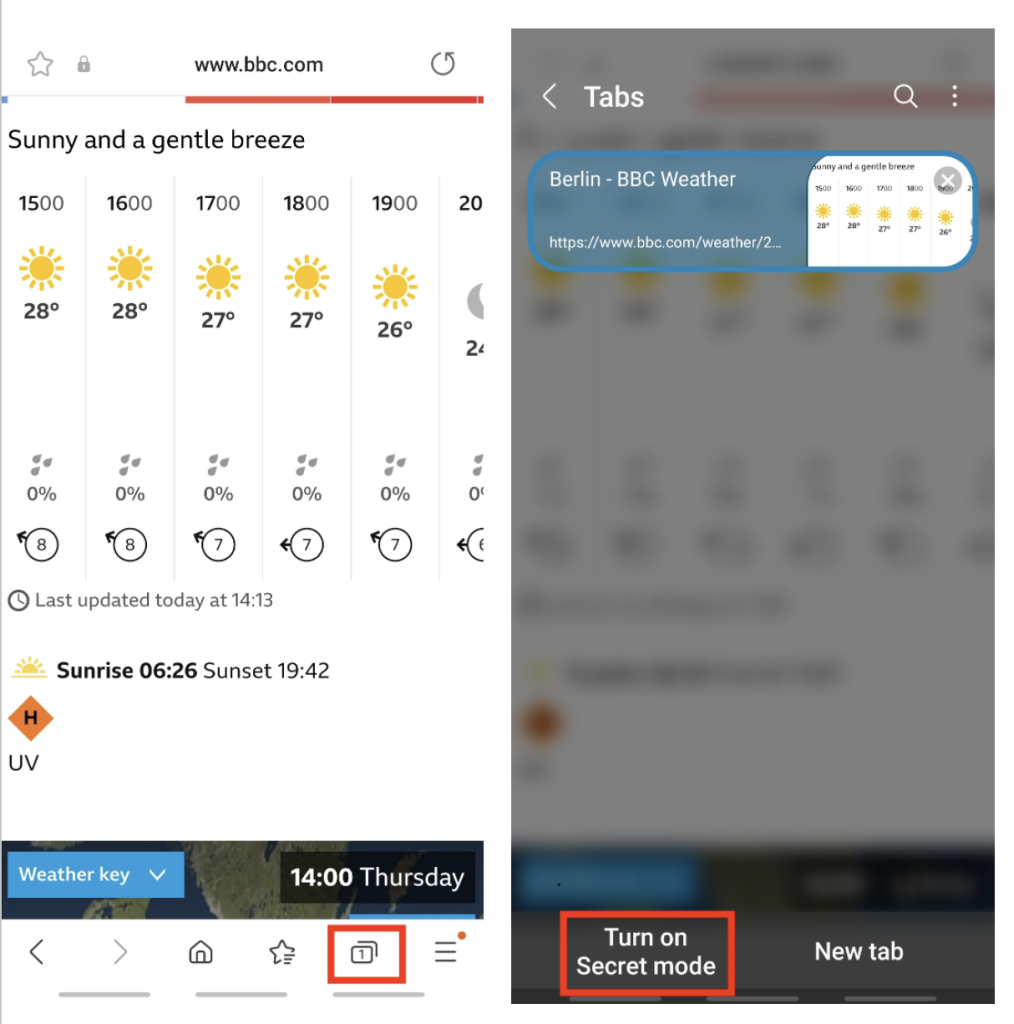
Surf in secrecy using the Chrome app
On your Android smartphone you can enter incognito mode by first opening the Chrome app, tapping the three-dot menu button at the top of the screen, and then selecting New incognito tab in the context menu.
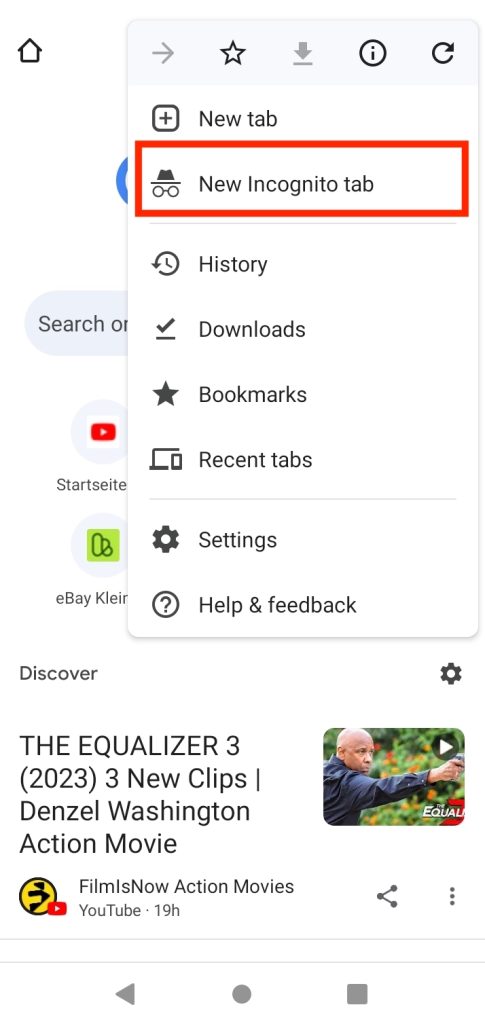
Using the Firefox app on your smartphone in incognito mode
If you use the Firefox app on your Android smartphone, all it takes is just a few steps to launch incognito mode.
Open the Firefox app and tap the mask icon on the top right. You’ll then be in private tab mode. To exit this mode, simply tap the mask icon again.
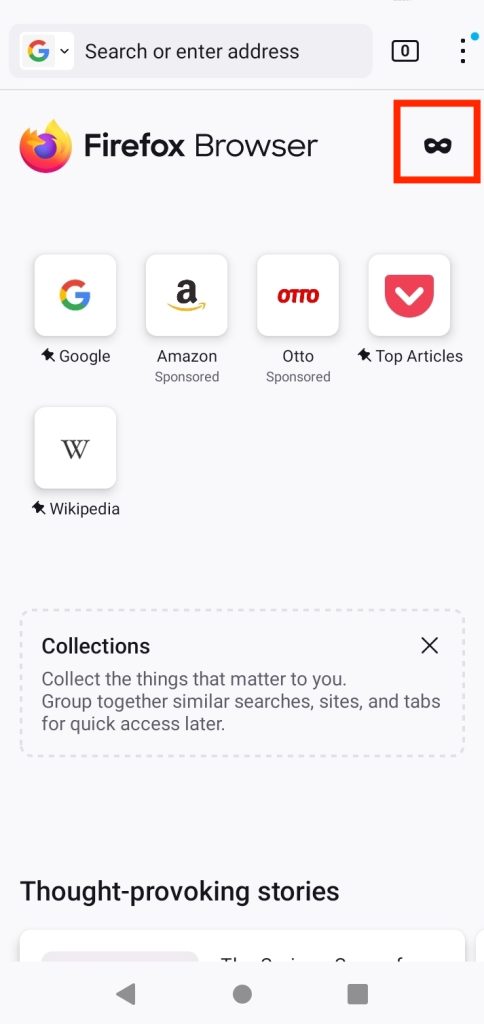
Launching/exiting private mode on your iPhone
If you’d like to surf privately on your iPhone with iOS version 15.4 or later, simply:
- Open Safari and then tap the icon at the bottom of your screen. Now tap the arrow in the center of the menu.
- In the next step, tap Private. As soon as the message opens that you are in “Private Browsing Mode”, tap Done.
If the search field is grayed out or displays “Private Browsing Mode”, you can be sure that you are indeed in private mode in your iPhone’s Safari browser.
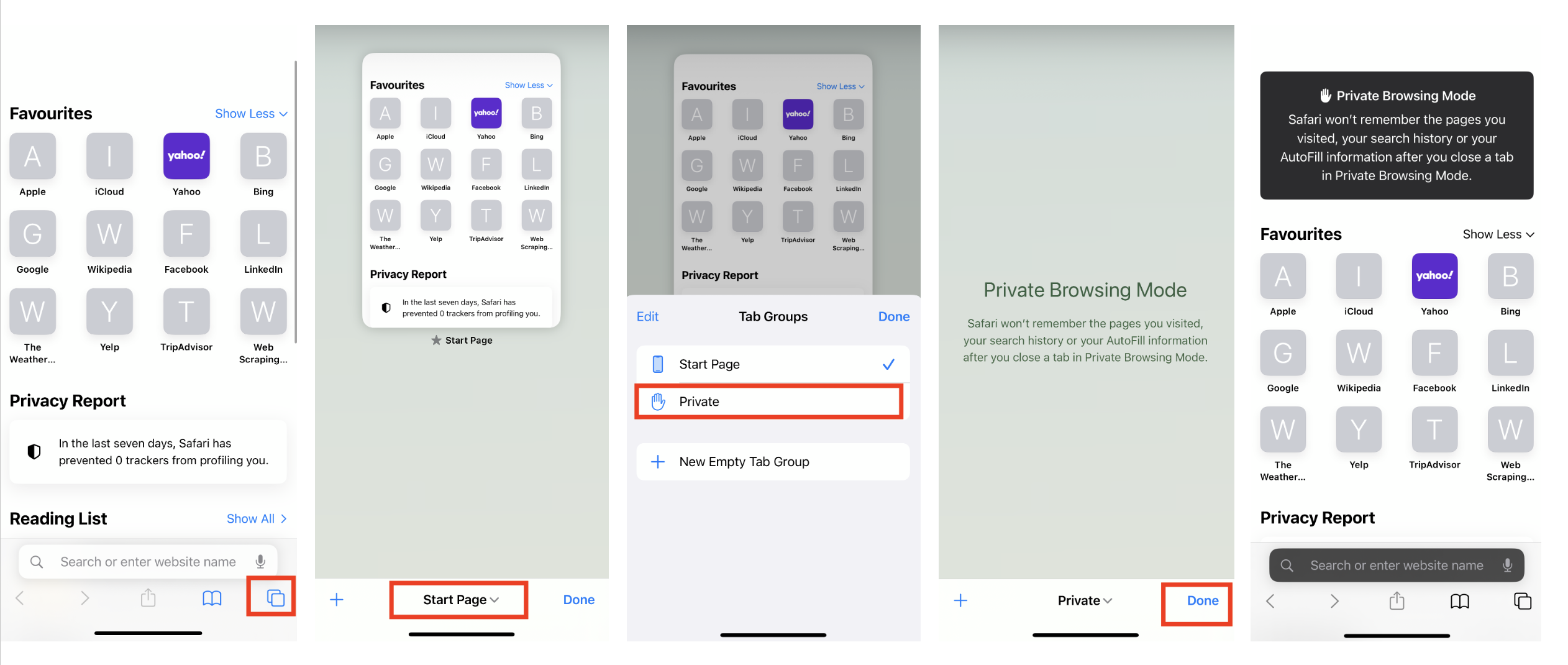
To exit Private Browsing Mode, tap the icon again followed by the arrow, then select Start Page or any other tab group without the hand icon next to it.



















